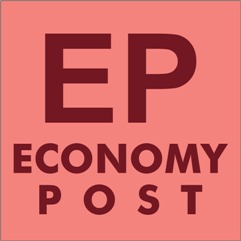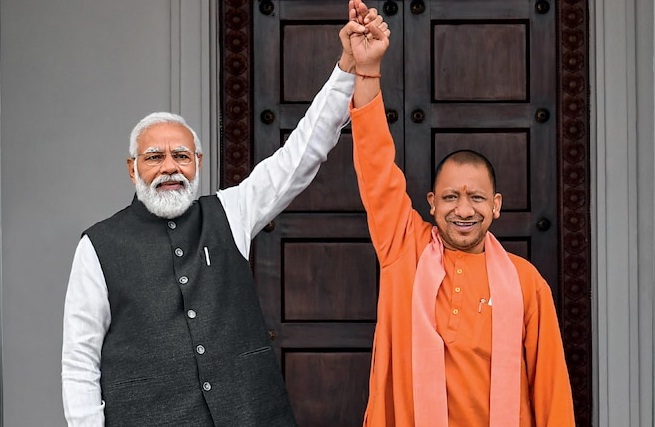The tepid electoral outcome for the ruling Bharatiya Janata Party (BJP) has many lessons for the saffron party which was expected to romp home victorious in the recent 2024 Lok Sabha elections.
Not only did the victory margins of its biggest stalwarts including Prime Minister Narendra Modi and Defence Minister Rajnath Singh dwindled in Varanasi and Lucknow respectively, the BJP ended much below its 2014 and 2019 seat tallies.
While the BJP-led National Democratic Alliance (NDA) just about managed to cross the Lok Sabha halfway mark of 272 by notching up 291 constituencies, the BJP logged 240 seats compared to its 2014 and 2019 scoop of 282 and 303 seats respectively.
Nonetheless, the BJP is well positioned to return to power for a third consecutive term under Modi, who beat a rainbow coalition of parties under the INDIA bloc led by Congress. He also subdued a 10 year anti-incumbency weathering the unsparing pandemic waves in his second term.
Congress leader Rahul Gandhi also emerged stronger, a far cry from earlier times when he was reckoned as a non-serious and an unwise political figure. Now, he is regarded as the most acceptable national level leader to challenge Modi. INDIA bloc bagged 234 seats led by Congress with 99 seats.
Besides, Samajwadi Party (SP) president Akhilesh Yadav emerged from the shadows of his father and party founder late Mulayam Singh Yadav.
Today, he is seen as a prominent national level leader. SP won a historic number of 37 seats in Uttar Pradesh, while the BJP could just win 33 seats in UP, down 29 seats from its tally of 62 in 2029 LS polls.
All said and done, Rahul Gandhi and Co could not dislodge Modi, and the INDIA bloc will sit out in the opposition in Parliament.
While the various political parties will review the poll results for getting an insight over their performance for a course correction before the next battle at the hustings, the doubt raised over the credibility of the Electronic Voting Machine (EVM) has finally come to an end or so it seems until the next contest.
The factor of the heatwave sweeping across the country especially the Northern Indian plains should also be analysed for its possible impact on the low voting percentage despite the parties and the Election Commission of India (ECI) going all out to encourage people to exercise their franchise.
For Modi, it is a return to the coalition politics era since the pre-poll partners are now crucial for keeping his government afloat. It would require new skills to manage people and navigate policies amid differing voices and occasional dissent.
The electorate also voted on the caste and community lines in UP with the dalits and the other backward castes (OBC) plausibly rallied around the INDIA bloc candidates due to the latent fear of the constitution being changed or reservation benefits taken away if Modi returned to power with a brute majority.
Similarly, the gamble of the BJP that the pasmanda (backward) Muslims could rally around the party failed miserably as also the free ration scheme, which was believed to deliver the goods for the saffron party.
At the same time, the promise of the opposition parties pertaining to generous cash benefits, government jobs as well as loan waiver worked in its favour while the BJP faced the citizens’ anger over socioeconomic woes of job losses, inflation, farm distress etc.
However, the emergence of a stronger opposition bodes well for a large democracy like India for an imperative constitutional check and balance mechanism.

